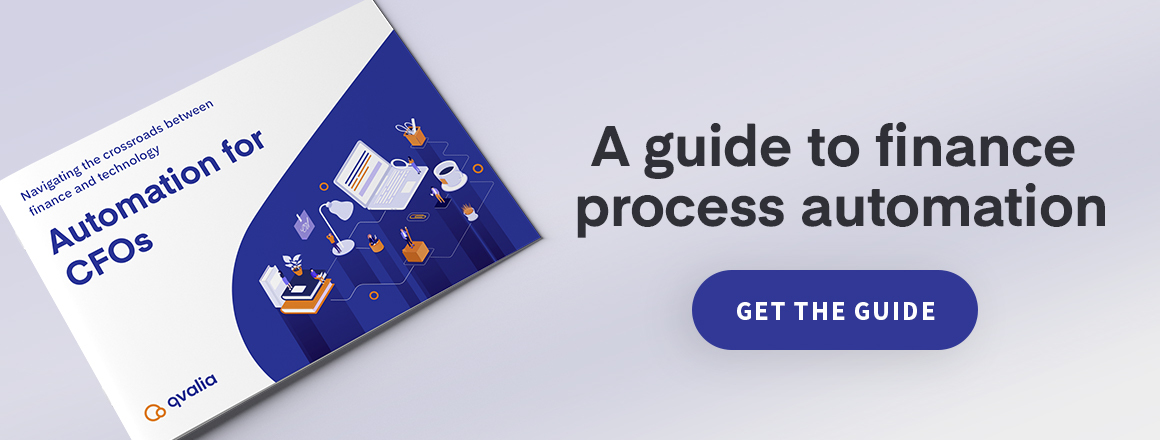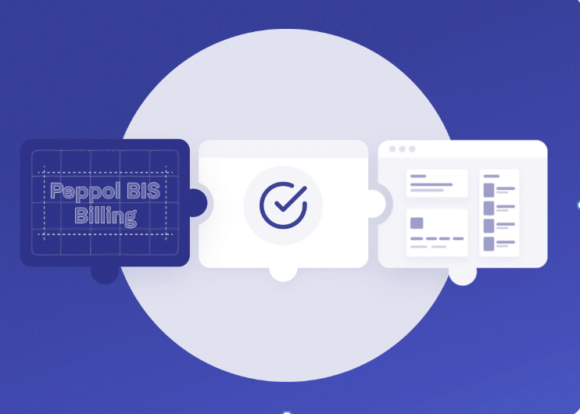
Most people are familiar with the idea of automation. If you work in a finance department, you’ve likely thought of how automation can increase your efficiency. Keeping your business operating efficiently is key to maintaining a budget as your business expands. But with low-quality data, you won’t get far.
Automation is the logical end goal for any finance team that wants to improve its efficiency, but it requires preparation to get your business ready for that final step. There are many obstacles to implementing automation in your business. Within core business functions, one of the most common are analog invoices, PDFs as well as printed paper invoices, which are a major efficiency bottleneck for many businesses.
So, what can you do to position your business to make the transition from analog invoices to e-invoices? Let’s start with the basics first.
What’s the problem with paper invoices?
Why is data input such a big problem for businesses today? The main reason is that you need to make sure you, and your software, are reading the data correctly.
Reading data from paper requires a human to perform a manual audit. This is a time-consuming and expensive task on its own. Today, paper invoices aren’t the only type of data input that reduces efficiency.
Other analog forms of data, primarily PDF files, are just as bad as paper for the same reason. Even though automated PDF readers exist and are widely used, CFO’s are all too aware of the high margin of error.
Reading, processing, and approving invoices are all repetitive tasks that aren’t a good use of your employees’ time—even if the process is aided by software. When you’re looking to introduce automation, the goal is to eliminate the need for repetitive tasks, so eliminating paper and PDF invoices is an optimal place to start.
E-invoices: the alternative to analog input
Surprisingly, digitized data has not been widely adopted by businesses yet. Despite the first e-document used as early as 1965, many businesses still use paper and PDF invoices. Bad data formats can reduce data quality and the efficiency of your processes.
E-documents are an easy solution to this problem. Not only do they guarantee good-quality data, but implementing e-documents into your business also opens the door to all kinds of automation. There’s no need to have a human employee read through pages and pages of invoices when a computer can instantly process all of the data from an e-invoice.
You can easily convert your business to an entirely digital data processing system without worrying about forwarding or processing paper documents. While preparing your business to handle this transition will take some effort, the long-term savings are well worth the investment.
The best start for your business: supplier invoices
While there are various digitization options for the data your business interacts with, the best option to start with is usually supplier invoices. Supplier invoices are a constant source of data that your business needs to process accurately, so your efforts in this area of your business won’t be wasted.
Implementing a policy requiring your suppliers to send you digital e-invoices also doesn’t affect your customers at all, making this a low-risk first step towards end-to-end automation for your business. Giving your suppliers an incentive to change their invoice format also allows you to deflect the risk of changing how your business operates outside your business. And it’s a win-win situation as transactions based on digital data are significantly more secure, instant, and less costly for you and your business partner.
Switching your suppliers over to e-invoices will positively affect the data quality for your entire business. After all, all of your data depends on the input data you receive. By eliminating human error and ensuring the data is read correctly, you can remove the strain of costly errors from your budget.
Getting started with e-invoices is easy with the right tools
Switching your suppliers over to e-invoicing will only mark the start of your business’s move to digital data formats. With the end goal of end-to-end automation in sight, you will want to look into digitizing the rest of your business’s critical data.

Implementing a successful digitization strategy requires the help of industry experts, and that’s where our e-document team comes into play. The Qvalia team has over a decade of experience helping businesses transition and take control of their data.
Are you interested in learning more about how automation can improve your finance department and core business operations? Download our Automation for CFOs ebook today to learn more.


